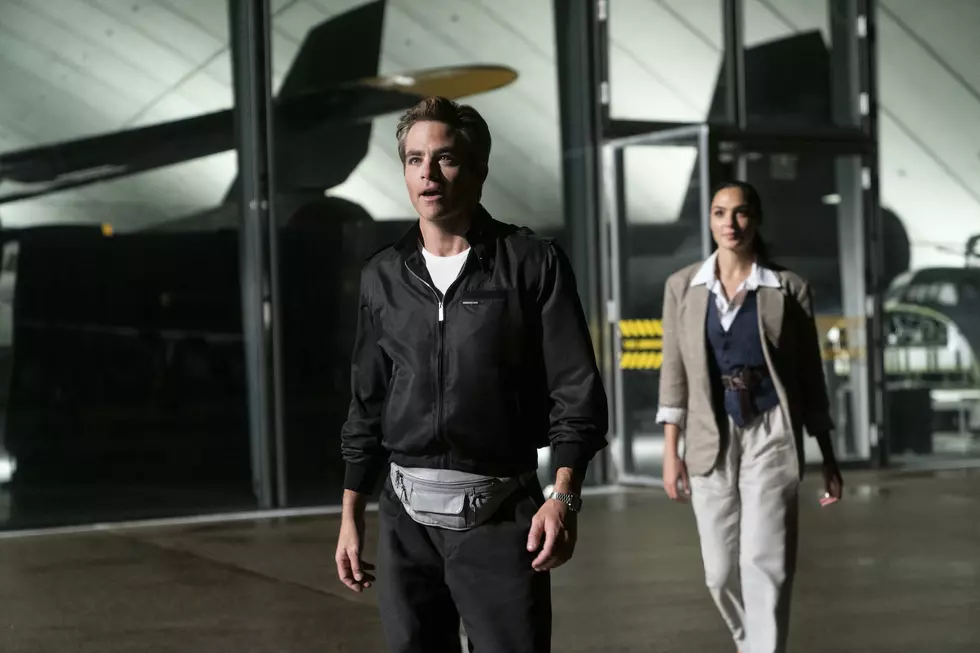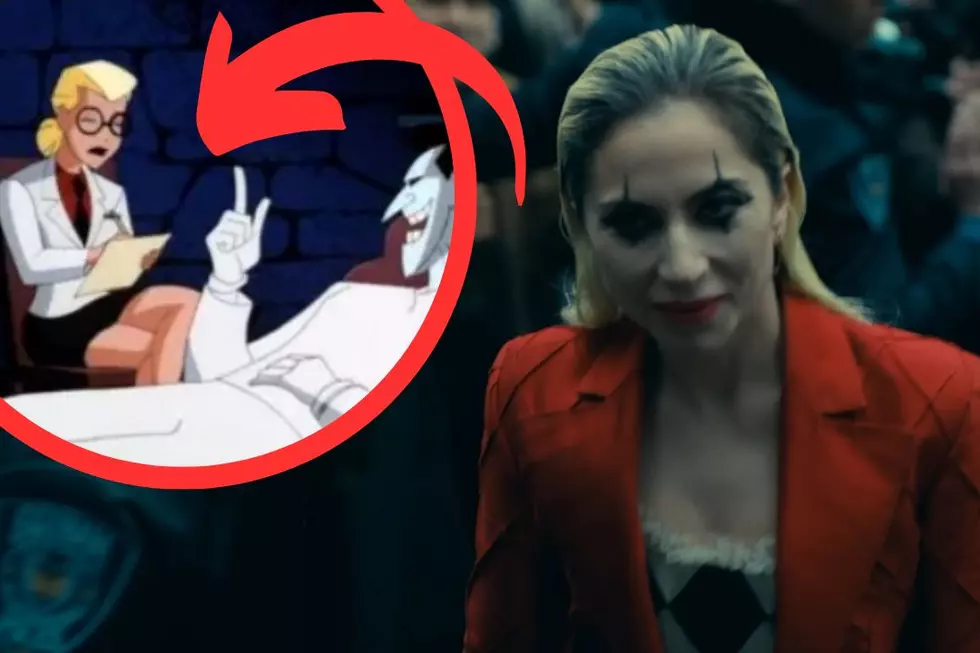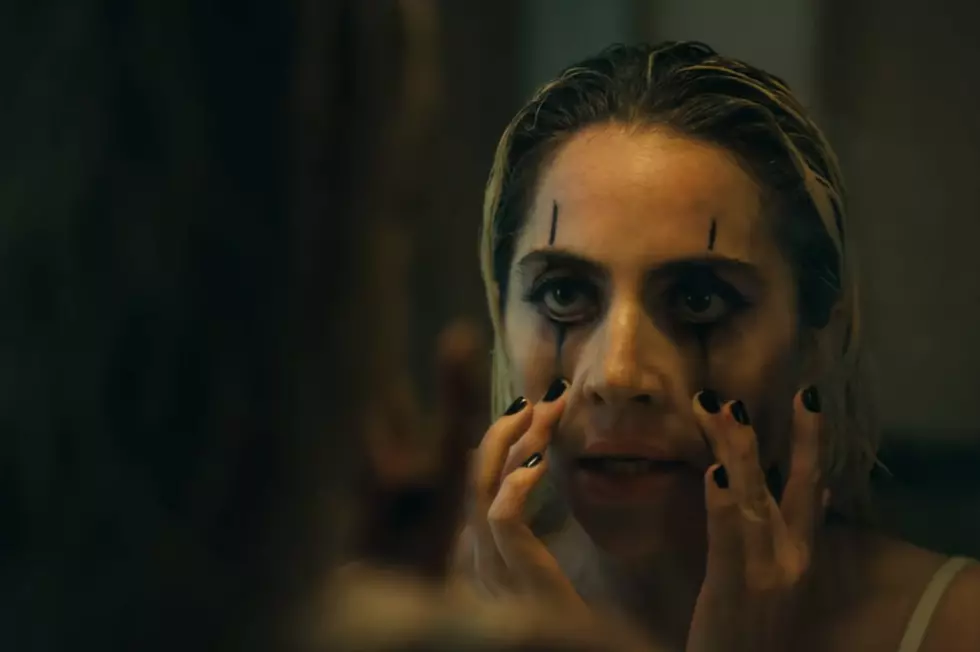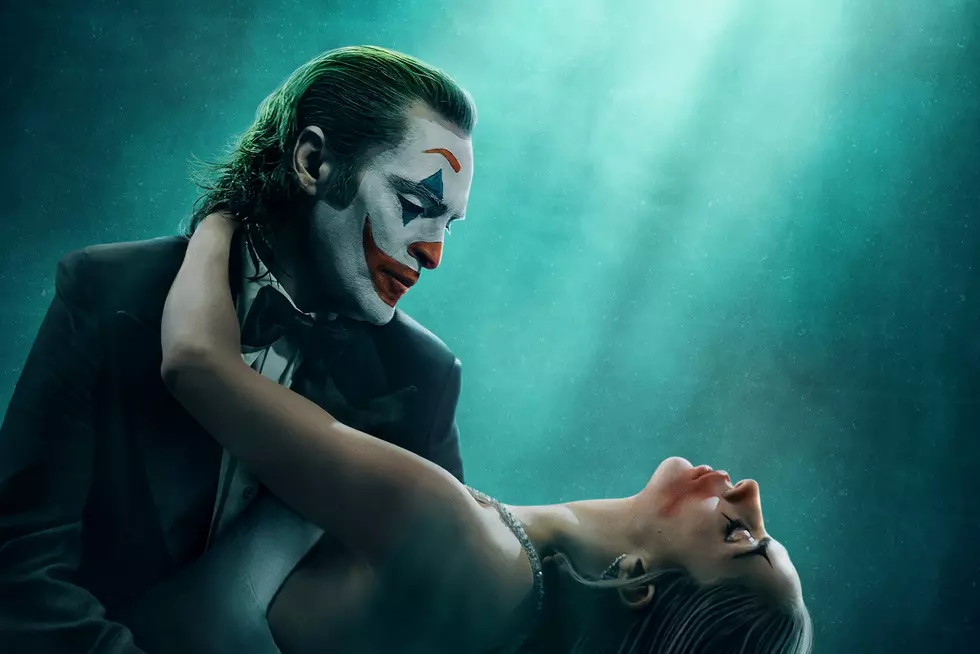
‘Wonder Woman 1984’ Is Set at the Worst Possible Time
The following post contains minor spoilers for Wonder Woman 1984.
The setting of the new Wonder Woman sequel is so important that Warner Bros. and director Patty Jenkins made it the title of the film; it’s not Wonder Woman 2, it’s Wonder Woman 1984. That year allows Jenkins to focus her sequel on the consumer culture of the 1980s, and to place the title character in opposition to that era’s excesses. Diana’s battle against evil businessman Max Lord becomes a commentary on the selfish, wasteful forces in our own time. Choosing 1984 as a setting also allows Jenkins to mine ’80s pop culture and fashion for a ton of jokes, particularly when Chris Pine’s Steve Trevor returns from the dead decades after his passing during World War I, only to be dazzled by sartorial innovations like parachute pants and fanny packs.
All those choices create a cohesive vision of a gaudy era spoiled by greed and moral rot. On a thematic level, it makes perfect sense. On a storytelling level, I’m not sure Wonder Woman 1984 could have been set at a worse possible time. While all of these larger ideas work, locating the film at that time and place dooms it to tell a boring, inconsequential story.
Although it’s made for a mass audience of blockbuster and superhero fans, Wonder Woman 1984 is a very strange sequel — if it is a sequel at all. On a technical level, it does qualify as one. It continues the events of 2017’s first Wonder Woman movie, which was also directed by Patty Jenkins and starred Gal Gadot as Diana, super-warrior of the mythic race of Amazons. The original Wonder Woman was set during World War I; after Pine’s Steve Trevor crashes on the Amazonian island of Themyscira, Diana follows him back to Europe to try to end the war, which she believes is the result of hidden manipulations by Ares, the God of War. (Spoiler Alert: She’s right.)
While Wonder Woman 1984 takes place more than 60 years after the events of the first film, it’s also technically a prequel to several other movies which depict the character in the present day. 2016’s Batman v Superman: Dawn of Justice introduced Gadot’s Diana as a dealer of antiquities who’s shunned superheroism for the better part of a century. She reluctantly dons her costume to help the two title characters in their battle with a Kryptonian monster. And in Justice League, after finally abandoning her desire for anonymity, she joins Batman in forming a group of heroes to save the world from an alien invasion.
The second Wonder Woman solo film could have theoretically continued Diana’s story after the events of Justice League. Instead, Jenkins and her team set the film in 1984, between the two established periods of Diana’s life. That decision means that Wonder Woman 1984 exists in a kind of cinematic Phantom Zone. Plot-wise, it’s neither a sequel nor a prequel. It can’t add much of anything to Diana’s ongoing story, because she can’t change too radically from the person she’s already been introduced as three movies earlier (but 30 years later in continuity). And it can’t fill in Diana’s backstory the way a traditional prequel would, because the original Wonder Woman already did that.
In other words, Jenkins hamstrung herself with a hero without even the possibility of significant growth. Right off the bat, she set the difficultly level incredibly high; like trying to make a Captain America movie entirely about the period when he was frozen in the Arctic. Anyone paying attention to Wonder Woman’s previous movies knows how 1984 will end: Steve Trevor must die again (otherwise he’d be around in Batman v Superman and Justice League) and Wonder Woman must remain in hiding.
Even in its tiptoeing way, Wonder Woman 1984 still retroactively makes some things in the earlier films (set later in the timeline) very confusing. For example, rewatch the frame story from 2017’s Wonder Woman. Bruce Wayne sends Diana the photograph she’d been searching for in Batman v Superman: Dawn of Justice. (On top of whatever sentimental value this image of her and Steve Trevor has, it also proves she’s an immortal superhero, and that would blow her secret identity as a museum curator.) Holding the photo triggers the flashback that occupies most of Wonder Woman’s runtime. Then, two hours later, the film returns to the present day for this scene:
Discounting the fact that we see in Wonder Woman 1984 that Diana’s apartment is full of pictures of Steve Trevor, and discounting the fact that this picture couldn’t possibly be the only photographic evidence of Wonder Woman’s existence if she also was jumping around malls in Washington D.C. in 1984 and talked to literally every human being on the planet through Max Lord in 1984’s climax, look at what Diana wrote to Bruce Wayne: “Thanks for bringing him back to me.”
No matter what you think of either Wonder Woman movie, that is an objectively strange thing for a woman to write about a photograph of a man who was actually brought back to life for a significant period of time by a magic wish. It’s such a bizarre note in that context that it almost feels in hindsight like Diana is trolling Bruce. “Oh, a picture of Steve. [rolls eyes, yawns] How nice.”
Patty Jenkins clearly had some ideas she wanted Wonder Woman 1984 to express about the 1980s and, by extension, about the 2020s. Those sentiments come through the film loud and clear — at the expense of saying much of anything new or dynamic about Diana. Despite a few superficial power upgrades, she ends the movie almost exactly where she began it. Any alterations to her character must be so incremental they have to be essentially invisible — or, in the case of her new Invisible Jet, they have to be literally invisible.
Gallery — Our Favorite Easter Eggs in Wonder Woman 1984:
More From ScreenCrush









